Blog
-
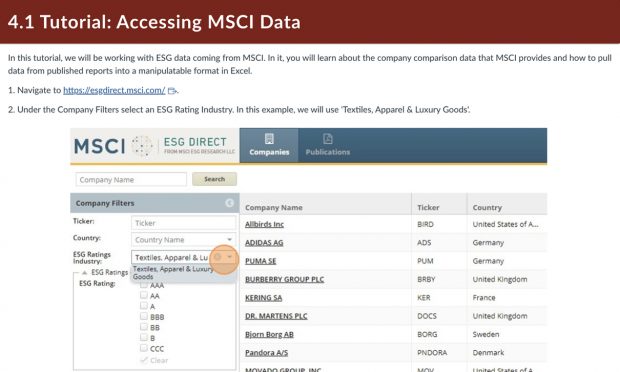
Engaging with Data
A key element of Digital Scholarship is engaging with data. As our team’s data services specialist, I want to move away from data being viewed as enigmas that we have to wrangle with and understand in isolation. Rather, they should work in tandem with theory and context in a learning environment. In a recent collaboration…
-
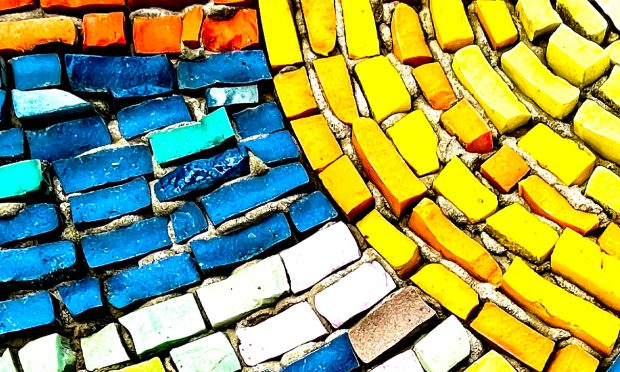
In Digital Scholarship, Collaboration is Key
The Digital Scholarship Group encourages members of the BC community to consider incorporating Digital Scholarship (DS) methods into their research. Whether you know it or not, you engage in digital scholarship when you integrate new, digital sources of data into your research, use computing tools to process that data, or leverage digital platforms to present…
-
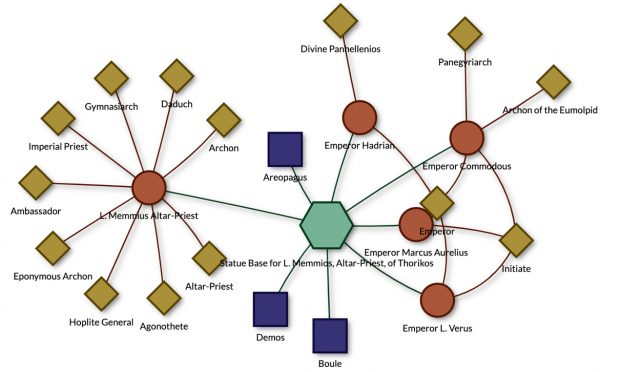
Building Data Tools for Exploring the Past
When most people think about data analysis and building databases, they don’t typically imagine using them for literature and music scholarship. But that’s precisely the work I’ve been doing this semester. With Professor Maia McAleavey, BC professor of English, I have been building an interactive web portal for a research project exploring the composition of…
-
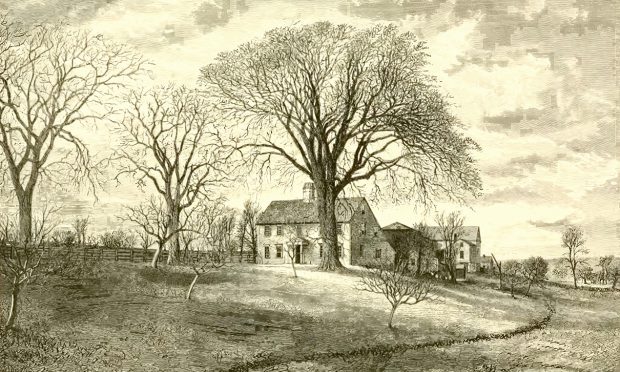
Finding Bradstreet: Going From the Material to the Digital
As an archeologist, I have excavated everywhere, from the deserts of Jordan to the hills of Tuscany in pursuit of cities, villas, and tombs, but never before have I dug to discover the life of a poet. That’s why I jumped at the chance when Dr. Christy Pottroff, BC Professor of English, invited me to…
-
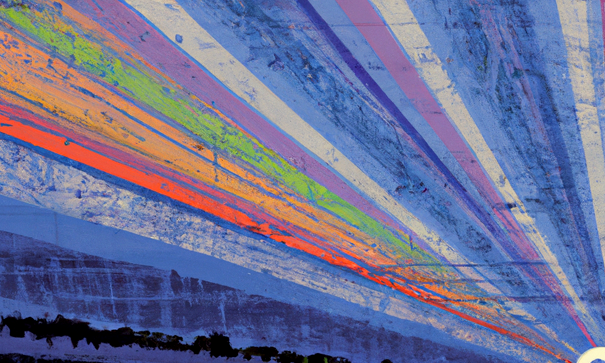
Meet Our New Team Members
Learn about the new digital scholarship team members who started this summer. We are so delighted they are with us! Dave Thomas, Digital Scholarship Specialist David Thomas has taught, presented, and published at the intersection of Ancient History and Digital Humanities, as well as Digital Scholarship more broadly. He holds an M.A. degree in history…
-
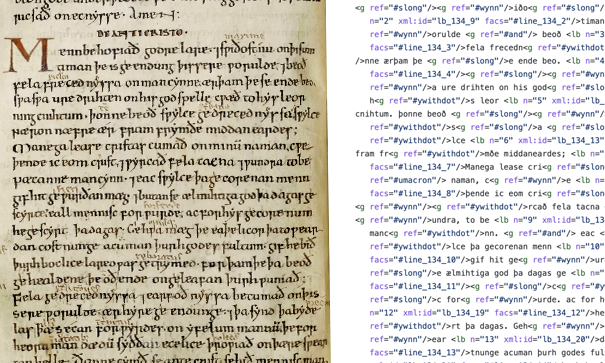
Digital Medieval Studies
I talk about creating my DH capstone project. How DH Has Helped Me Make Sense of My Field Early in my graduate studies, when I took the Digital Humanities Colloquium at Boston College, the professor had us read a series of definitions of “the Digital Humanities” to introduce us to the scope of the work…
You must be logged in to post a comment.